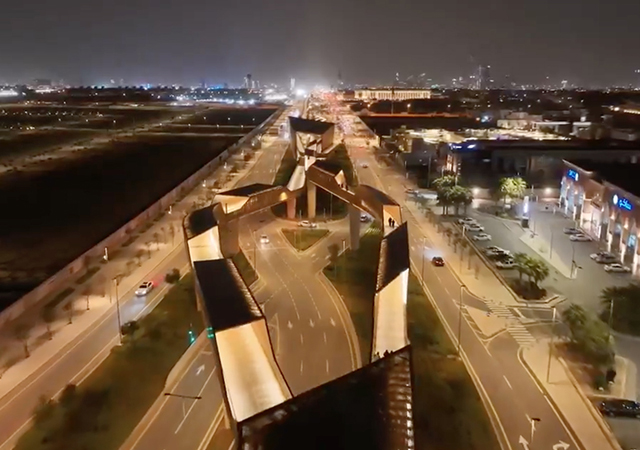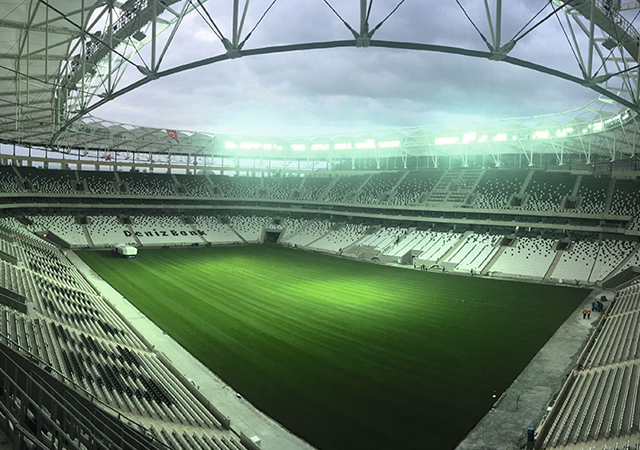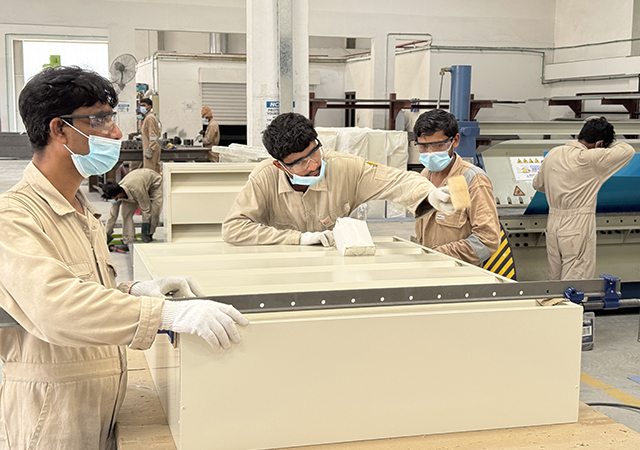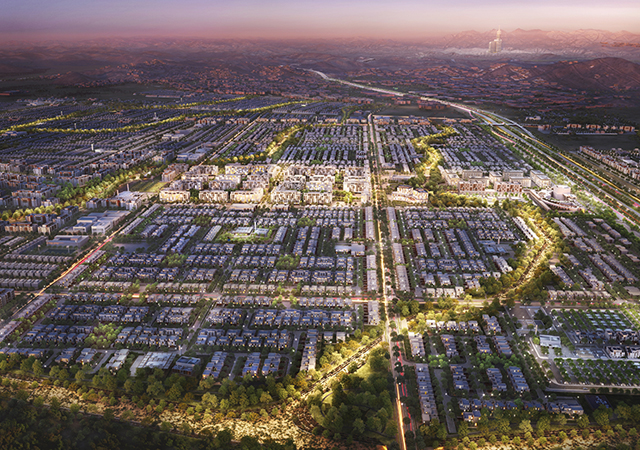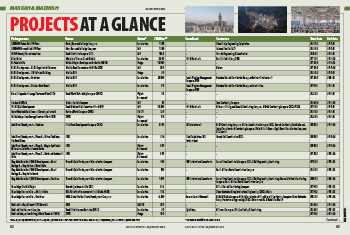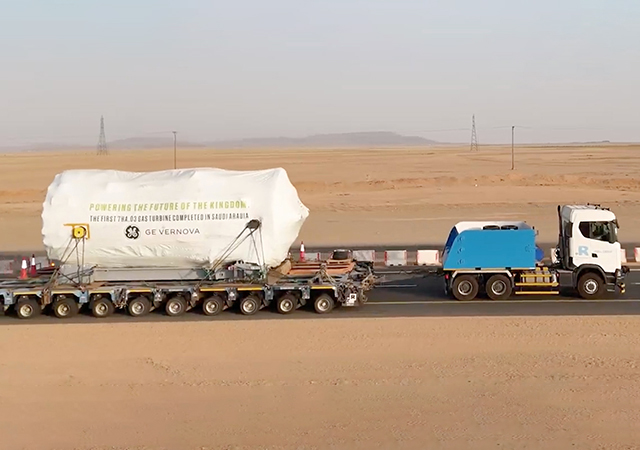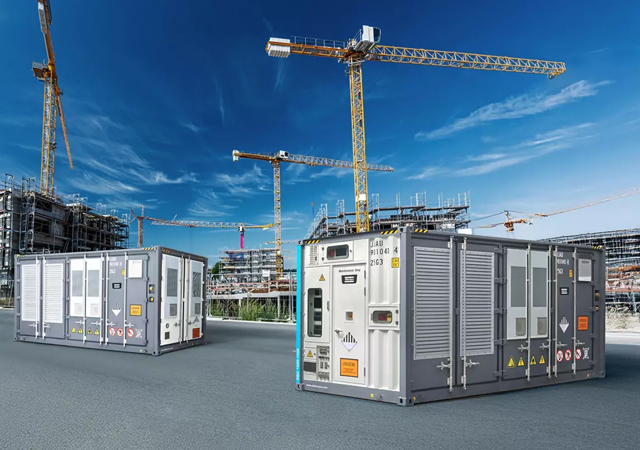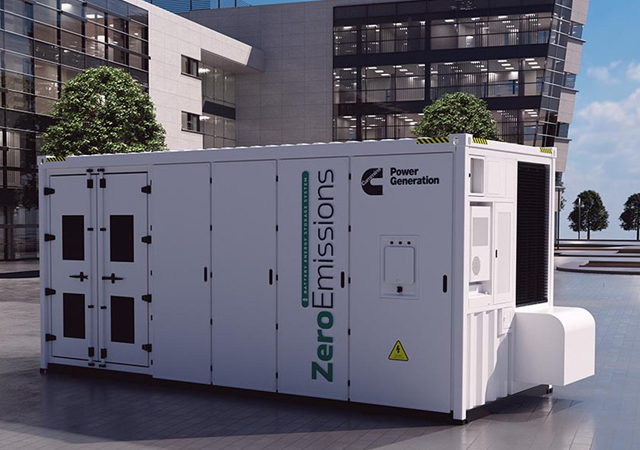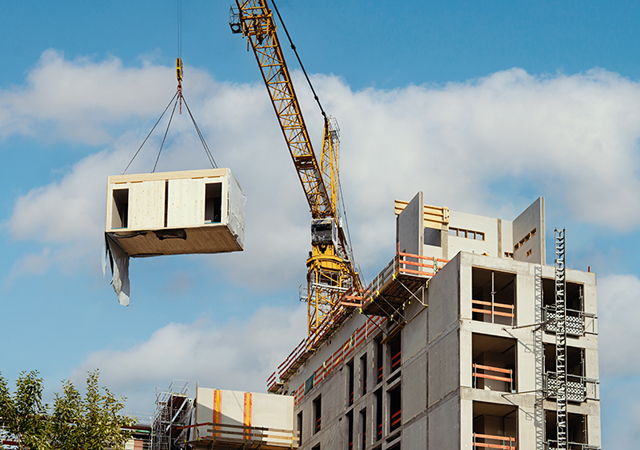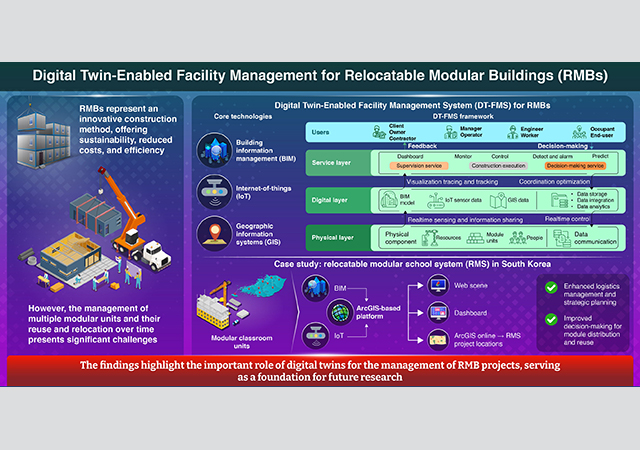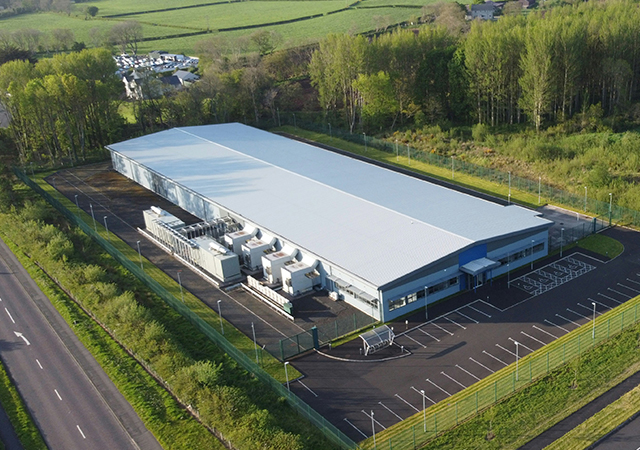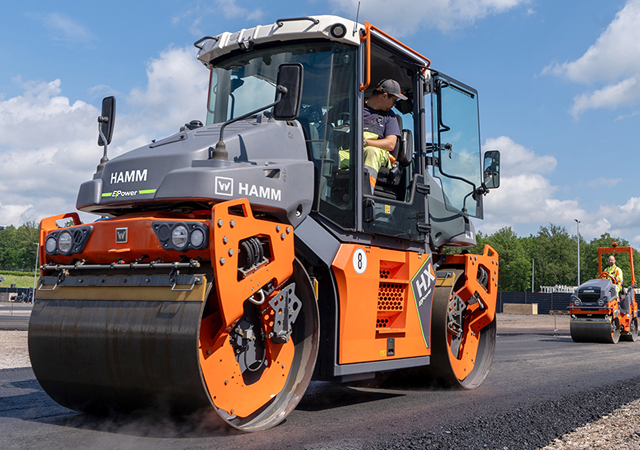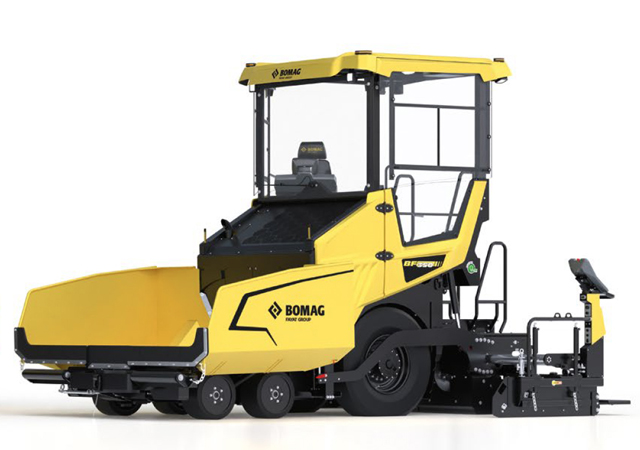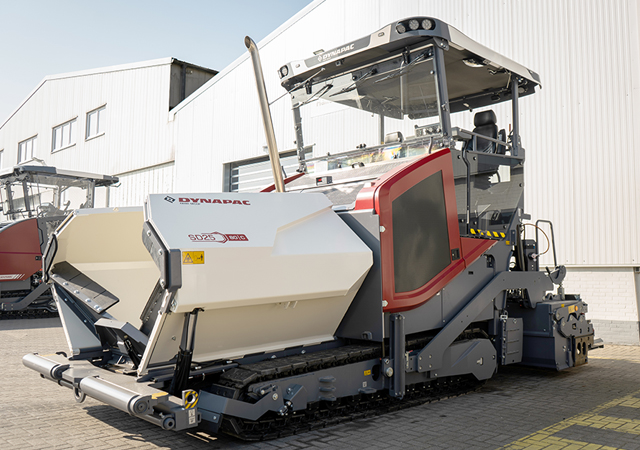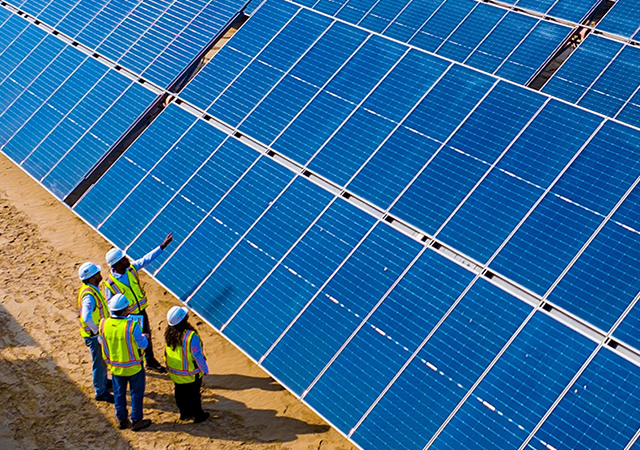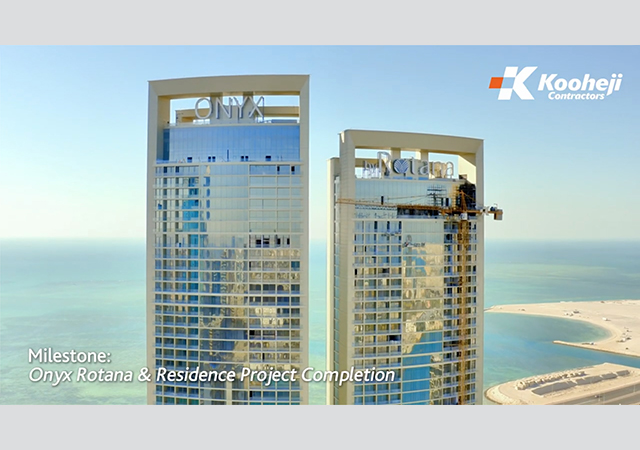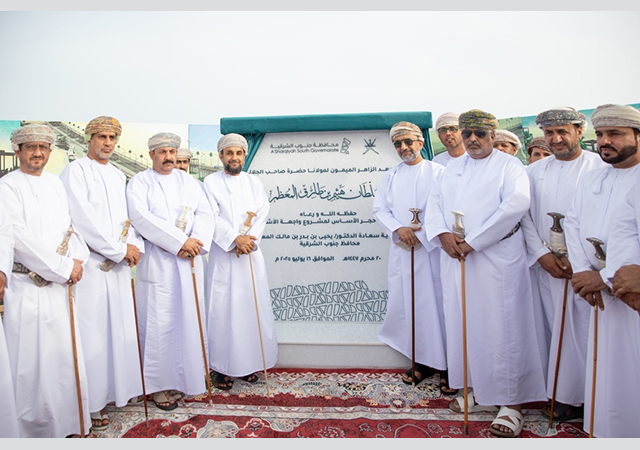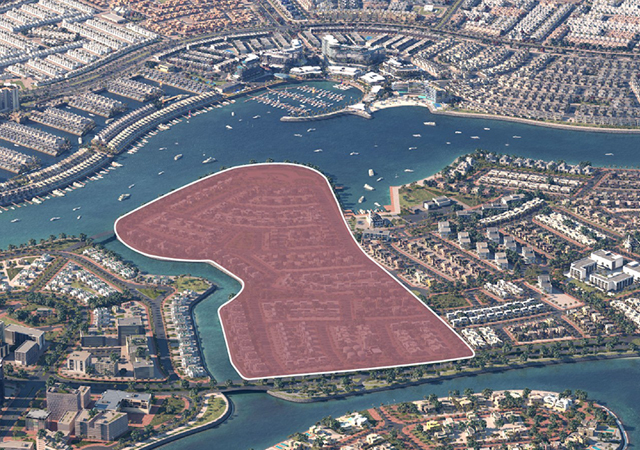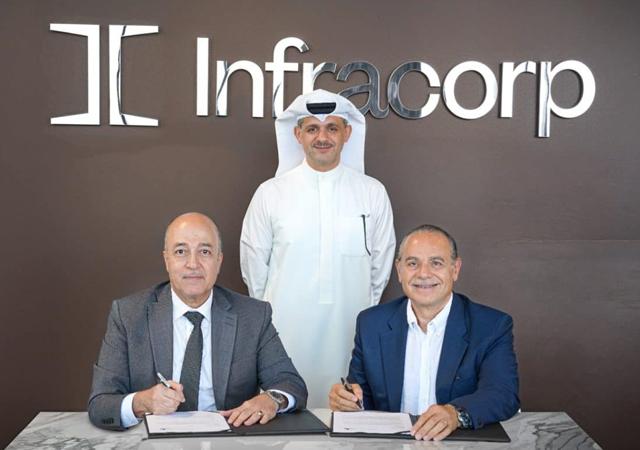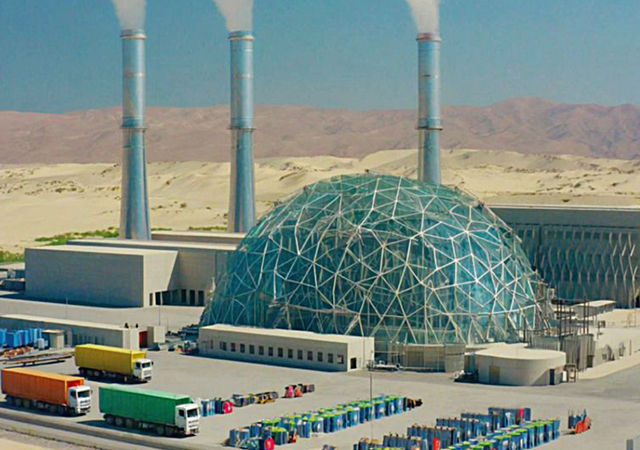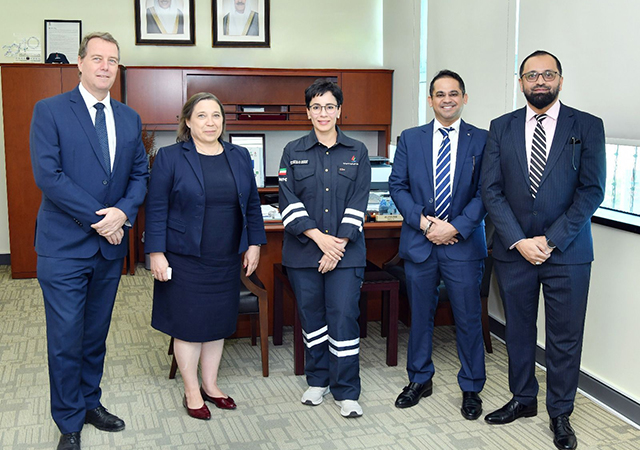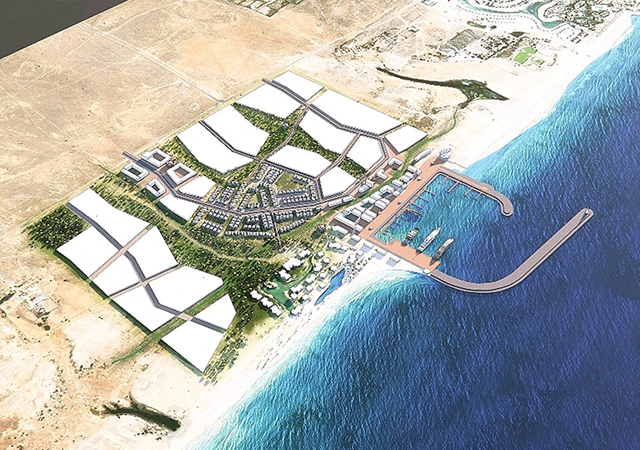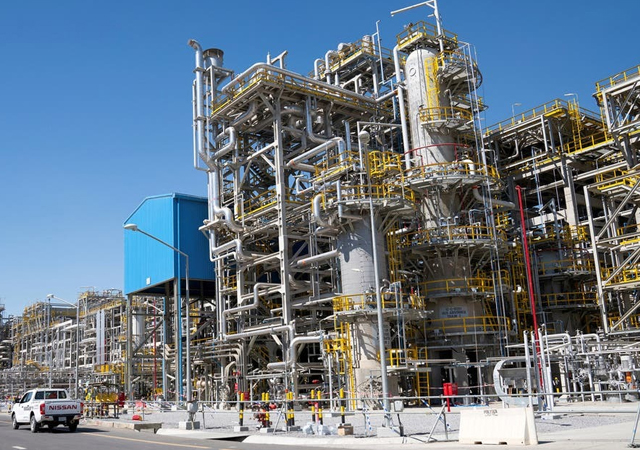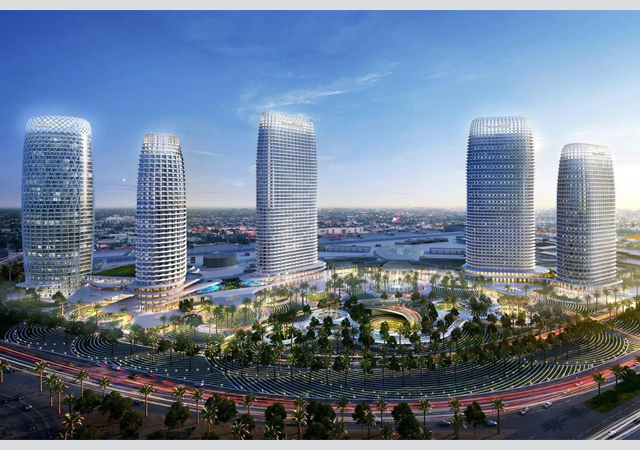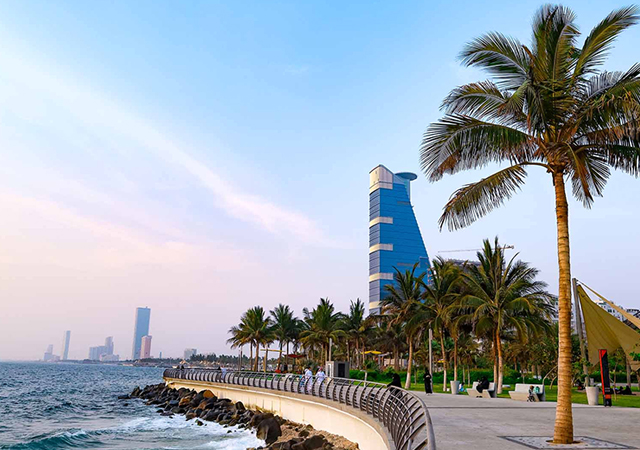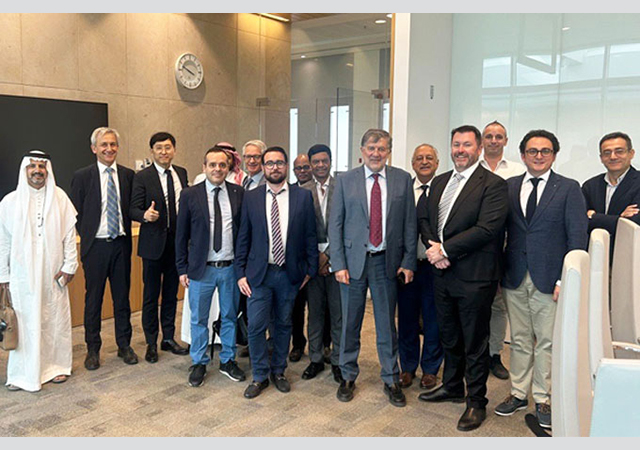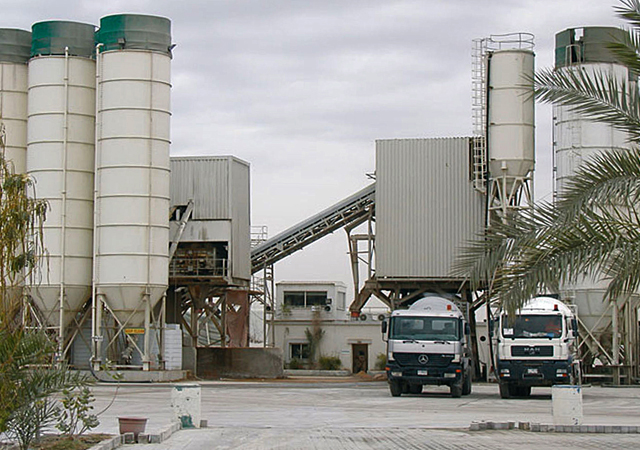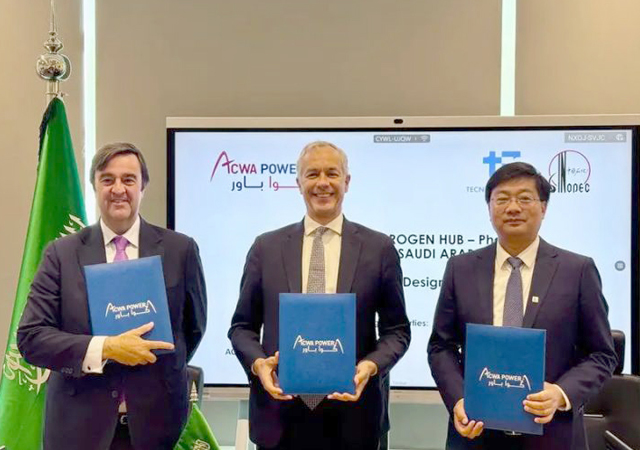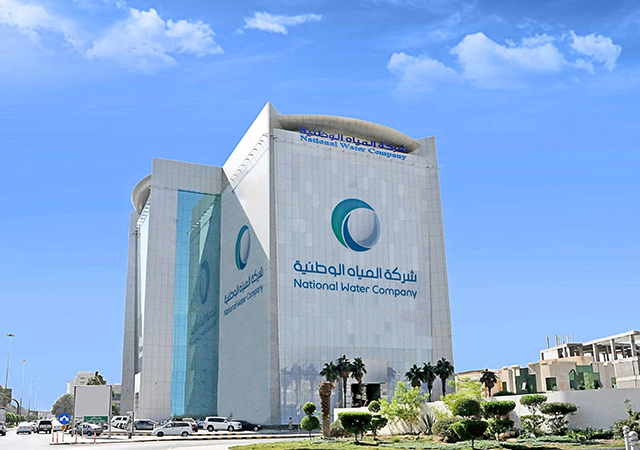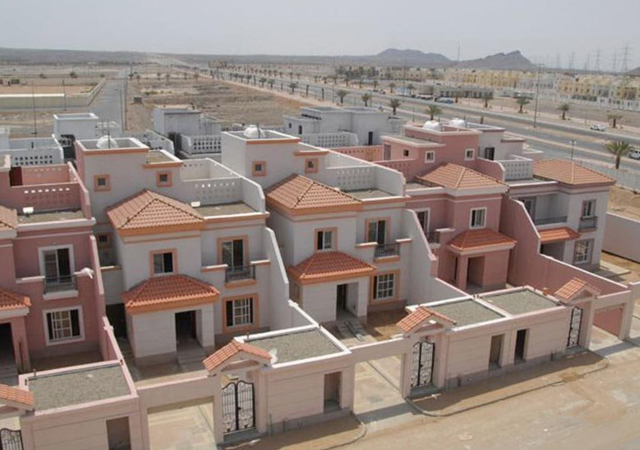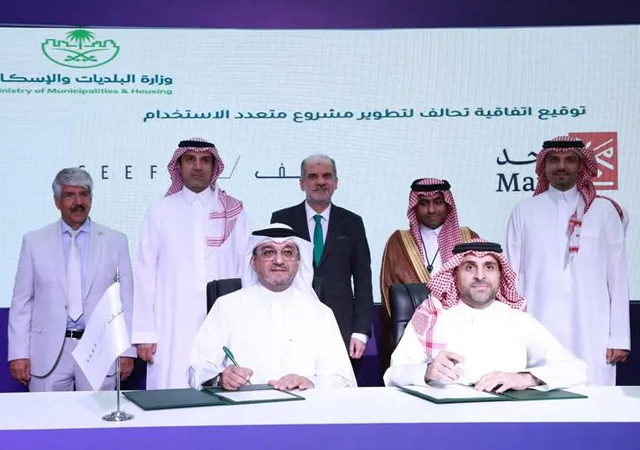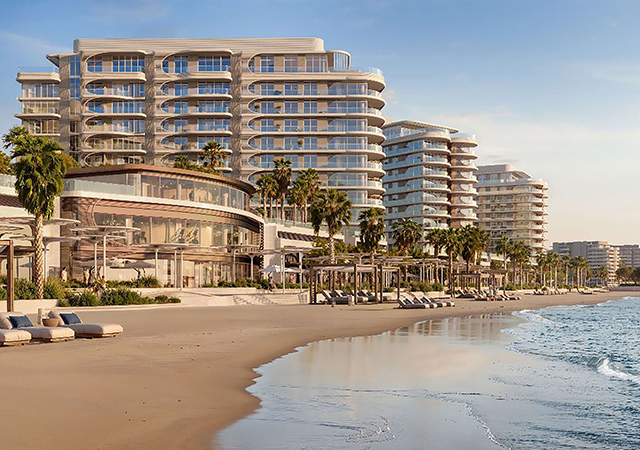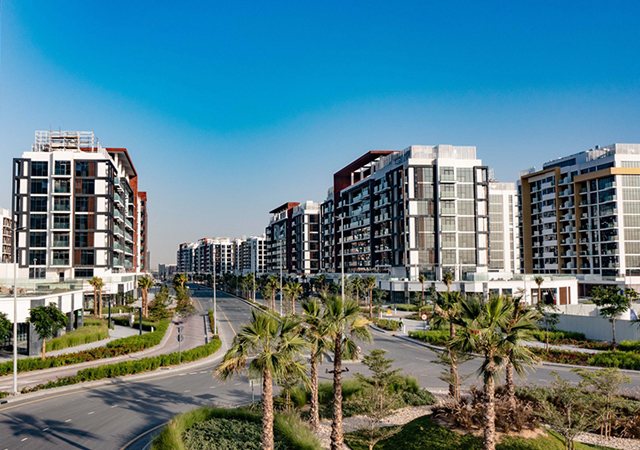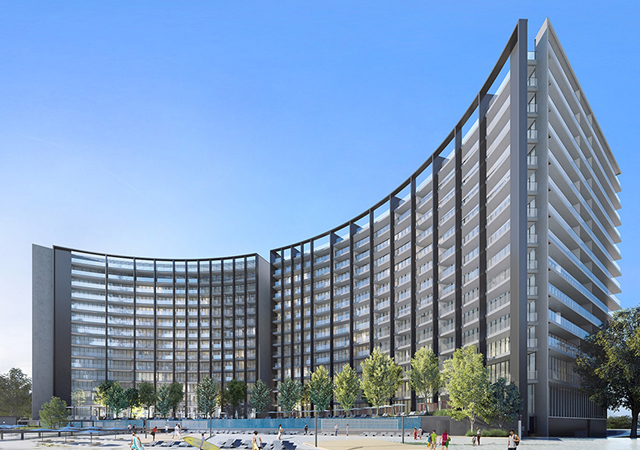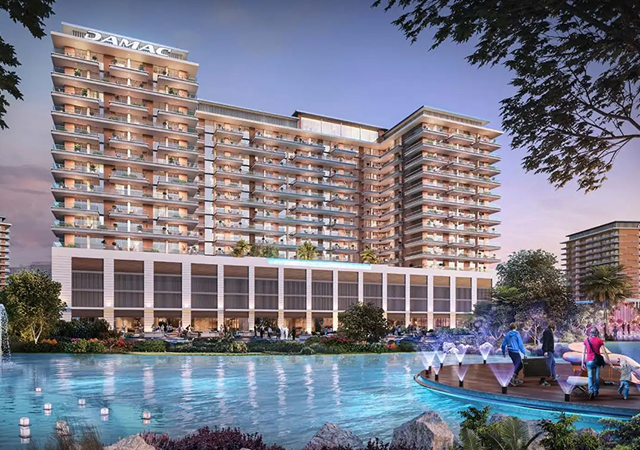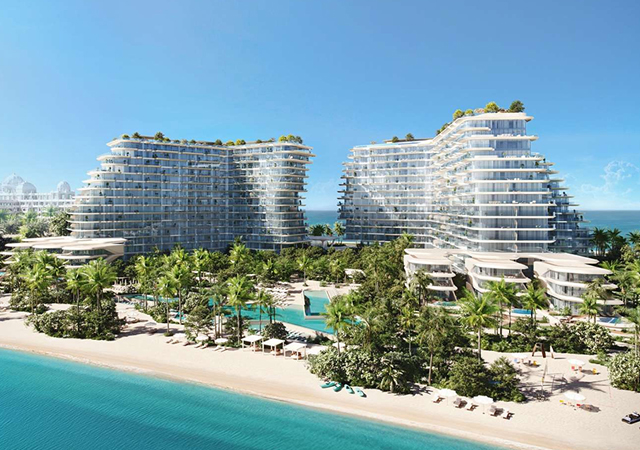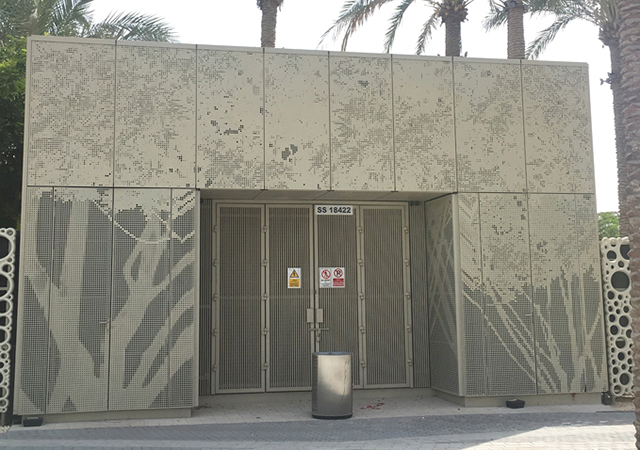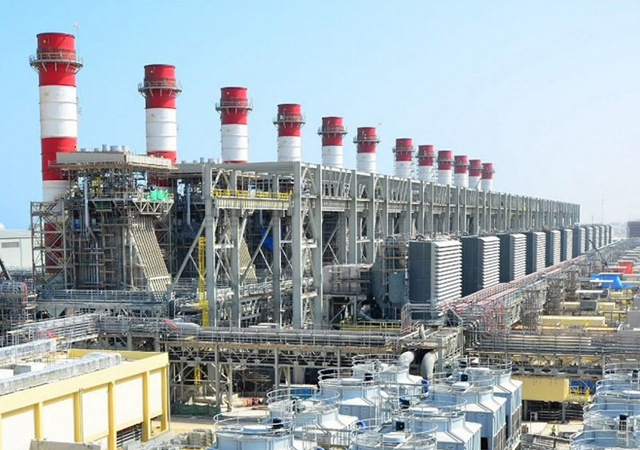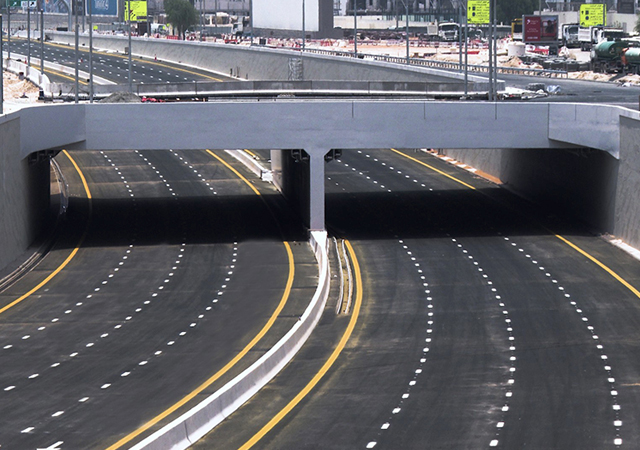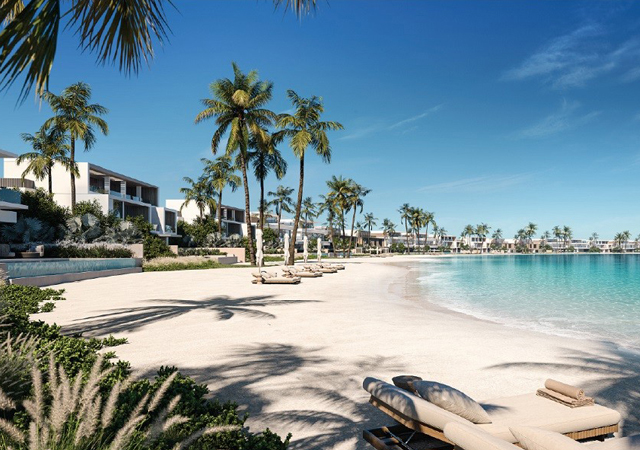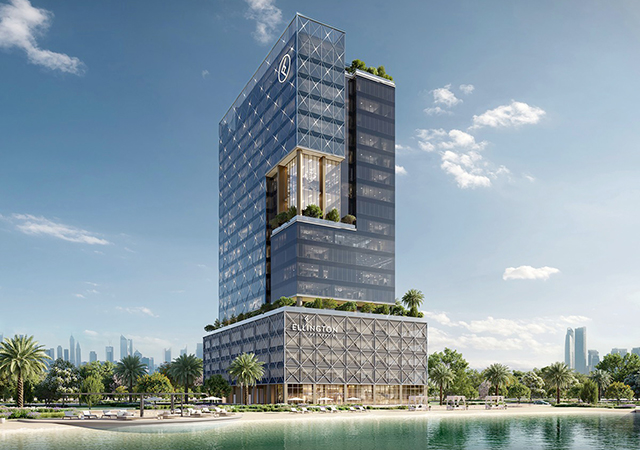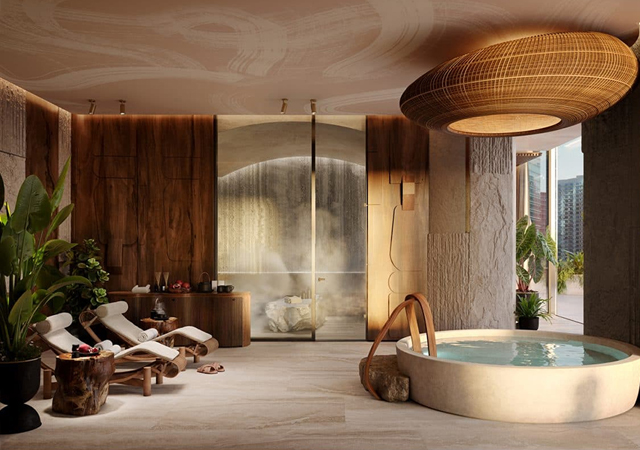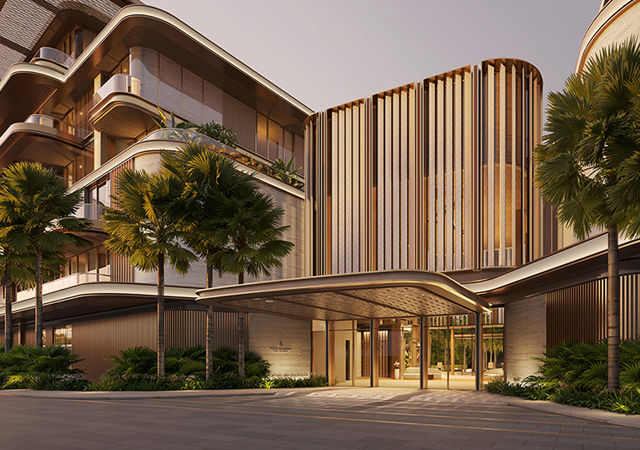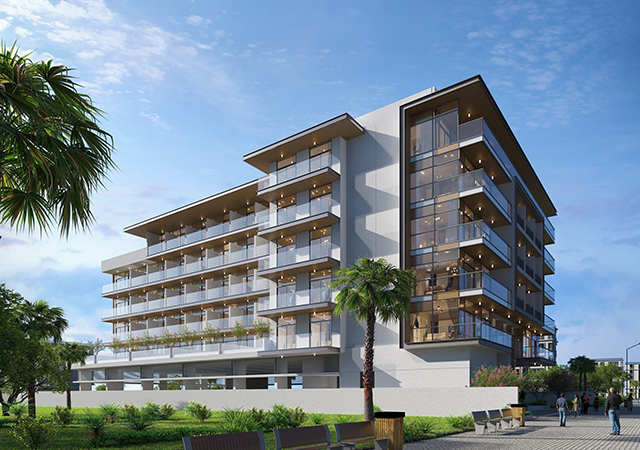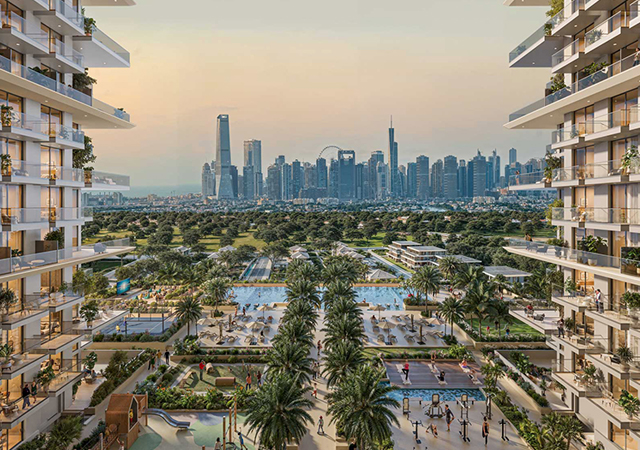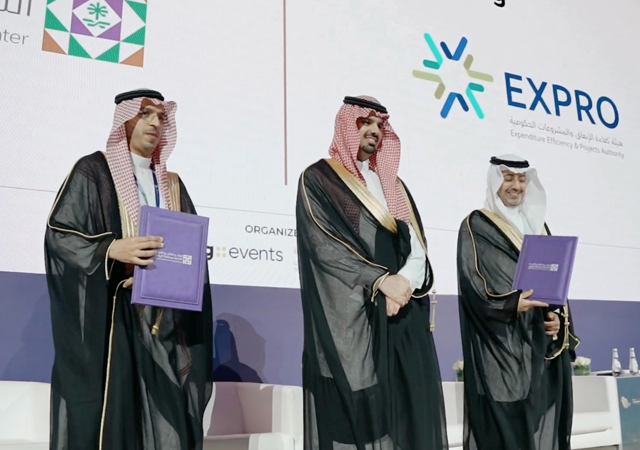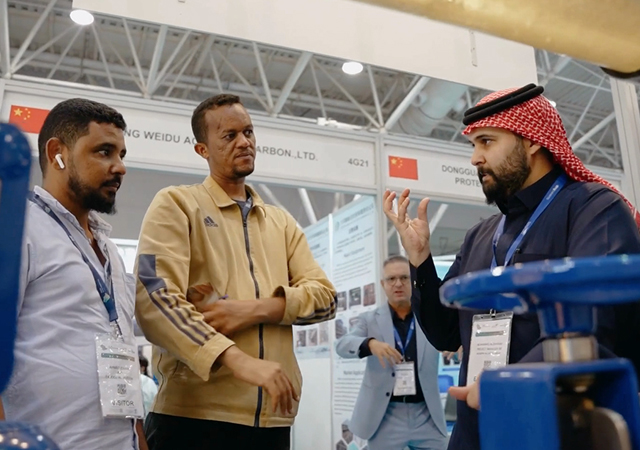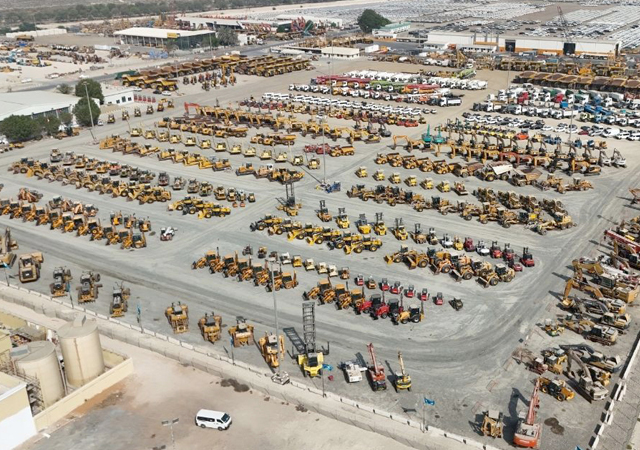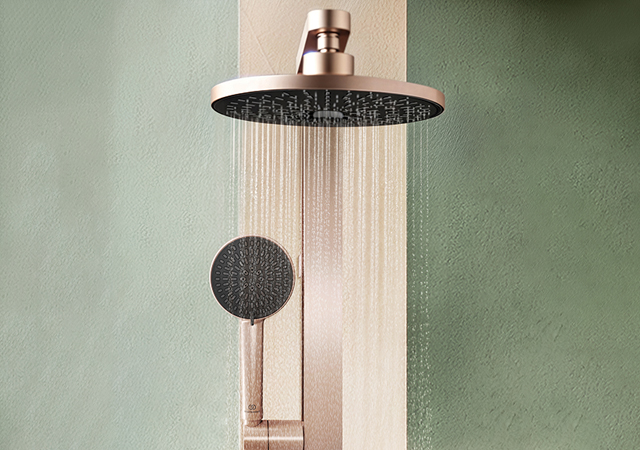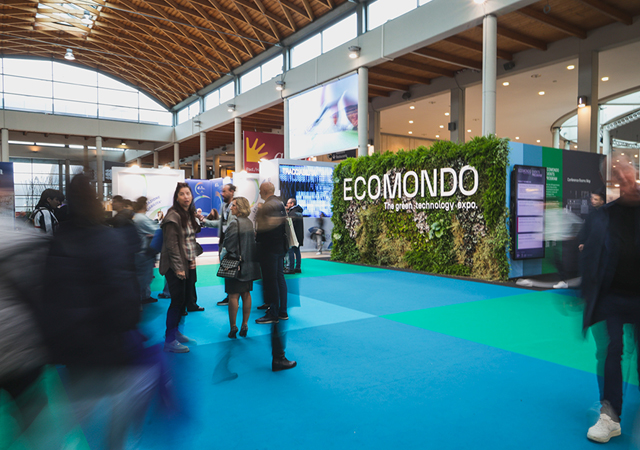
 Barrier treatment ... into the soil, beneath concrete slabs and within foundation walls.
Barrier treatment ... into the soil, beneath concrete slabs and within foundation walls.
While hotels, palaces and luxury villas are constructed to suit the different themes, the climate, the topography, and local cultural influences of their locations, they have at least one common element – they offer several critical entry points for pests, alongside foundation walls, conduits, around plumbing, bath traps, utility services and other features that penetrate the slab.
A study conducted by the National Pest Management Association of America reveals that there are approximately 50 basic elements of construction that must be considered in relation to subterranean termite control. Termite control procedures for luxury buildings may require attention to be given to one or several of these elements.
By nature, termites are organic decomposers that live in the soil converting dead wood and other plant material to organic matter and humus. In this sense, they were once beneficial insects and became pests once people began building with wood in their natural habitat. The damage they cause and measures taken to control these pests are costing millions of dollars each year.
Termites can be described as the most destructive and most cosmopolitan of the structural insect pests and hence controlling their entry is essential to avoid structural losses. The UK and the US have made it mandatory to protect new building from termites by soil poisoning and wood treatment. Termite control measures are also strongly recommended by Saudi Arabia.
The perfect termite control technique generally depends on the type of construction or the manner in which a building is built. This will reveal the theoretical entry points of termites into the building and their impact on termite biology and behaviour, which can form the basis for positioning the control parameters.
The application of liquid termiticides to soil has been the mainstay of subterranean termite control for more than 45 years. The objective of this approach is to accomplish complete and continuous chemical barriers around the walls and footings of a building’s foundation, thus creating a barrier between the structure and the termite nest.
The termiticide must be strategically placed to block all potential routes of termite entry. Sufficient amounts must be applied in order to achieve effective concentrations and thorough distribution in the soil. Termites attempting to penetrate through the treated soil are either killed or repelled. It must be noted however that barrier treatments generally do not affect termite colonies in soil away from treated areas - foraging termites are merely prevented from entering the structure and are forced to find food elsewhere.
For effective termite control, the termite specialist must be knowledgeable in building construction, termite biology, the proper and safe use of chemicals, the use and maintenance of equipment and safety to the operator, the home owner and the environment.
Furthermore, it is essential for the termite control operators to be aware of the construction practices within their area of operations and training sessions should be held to introduce technicians to local building practices. Technicians should contact local builders or construction experts to familiarise themselves with current building trends and terminology, and also to discuss practices used in older structures, which are more likely to become infested with subterranean termites.
A knowledge of building construction is needed to identify the critical areas where termites can enter. One must also learn how these areas can best be treated to minimise the chance of infestation.
Termite control is a specialised job that must be performed by professionals and much training and on-the-job experience is needed to properly treat a building.
A typical barrier treatment may require hundreds of gallons of termiticide solution injected into the soil, beneath concrete slabs, and within foundation walls. Application also requires specialised equipment such as masonry drills, carbide bits, pumps, large-capacity tanks, soil rods, sub-slab injectors, and foam machines.
While soil treatment is a key method of preventing termite attack, eliminating termite-conducive conditions such as excessive moisture and wood-to-earth contact will enhance the effectiveness of barrier treatment.
Correcting these deficiencies is even more important today, given the higher cost, the shorter residual life, and generally less forgiving nature of the newer termiticides.
Riyadh-based Masa Establishment for Pest Extermination Services is one of the largest companies of its kind in the kingdom. Established in 1980, Masa is a member of 16 international pest control associations.
As a leader in professional pest control, termite control and fumigation work, Masa has set industry standards for more than 24 years with a long history of meeting and exceeding the most stringent measures of performance.



